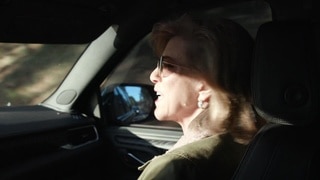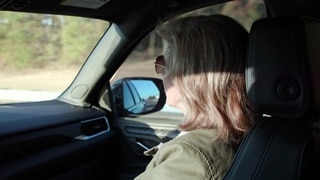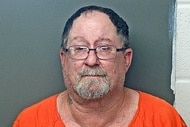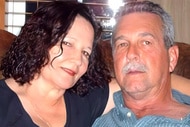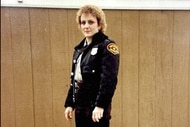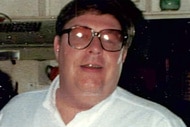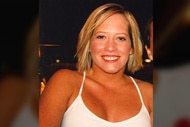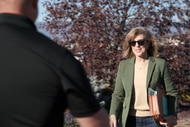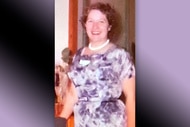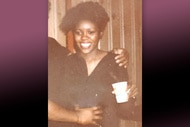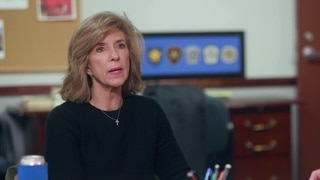Create a free profile to get unlimited access to exclusive videos, breaking news, sweepstakes, and more!
How Cold Cases Get Solved: Experts On Thinking ‘Out Of The Box’ With New Techniques
How can wine bottles and letters help solve cold cases? Experts explain it all to Oxygen.com.
How do you crack a homicide case that’s gone cold?
Veteran prosecutor Kelly Siegler believes that turning up fresh circumstantial evidence and witness interviews is always invaluable. When “Cold Justice” returns Saturday, February 25 at 8/7c on Oxygen, bank on Siegler and her team of investigators to be doing that as they work side-by-side with local U.S. law enforcement to take a new look at cold cases.
Before the return of the popular series, we spoke with other experts in the cold-case trenches about different methods and techniques that can help lead to resolutions.
Public awareness can be a powerful tool for resolving a cold case, according to Sheryl McCollum, the Atlanta-based founder of the Cold Case Investigative Research Institute (CCIRI). Since 2004, the non-profit has grown into a nationwide network of forensic professionals and student volunteers.
Through the CCIRI’s wine bottles program, pictures of cold case murder victims and their stories appear on wine bottles — a variation on milk cartons carrying images of missing children.
The wine bottles program “keeps the case alive. It keeps people talking about it, and it keeps pressure on investigators,” McCollum, an Atlanta police department crime scene investigator, told Oxygen.com.
The story of 2012 Atlanta murder victim Vanessa “Honey” Malone appeared on a wine bottle, which helped play a role in maintaining a spotlight on the case, said McCollum. An arrest was ultimately made in 2020.
It's because wine bottles have an expanded reach beyond posters and billboards, according to McCollum.
“A wine bottle will stop people dead in their tracks,” she said. “Not only will they read it, they will buy it. Then they will have people over to serve the wine and talk about the case.”
Forensic linguistics — which considers the distinct ways people talk when they correspond — can also be a way to unlock cold cases, according to Alex and J-Lynn Baber, the husband-and-wife investigators behind the team at Cold Case Consultants of America (CCCOA).
The two-year-old organization, based in Pennsylvania, has developed the Forensic Linguistic Correspondence Database (FLCD), which contains over two thousand letters written by anonymous and unidentified serial killers and murderers dating back to 1944.
“The Unabomber was identified by his linguistic dialect in the ’90s,” said Alex Baber, adding that everyone has a unique way of communicating. “That includes words they use, misspellings, lack of punctuation.”
The database compares linguistic similarities not unlike the way CODIS compares DNA profiles electronically. Letters in the database have been “scanned, digitized, and cross-checked for authentic linguistic patterns in context, syntax, semantics, phonetics, and morphology for the purpose of identifying the letter’s true origin,” according to CCCOA.
The Babers are “getting ready to release evidence nationwide” that they said will lead to solutions in homicides that appeared impossible to solve.
“Our company is thinking outside the box,” said Alex Baber, adding that “there’s no such thing as a perfect crime, period. The evidence is always there. You just have to identify it.”
To learn more about investigations of unsolved murders, watch “Cold Justice,” airing Saturday, February at 8/7c on Oxygen. You can stream episodes here.


